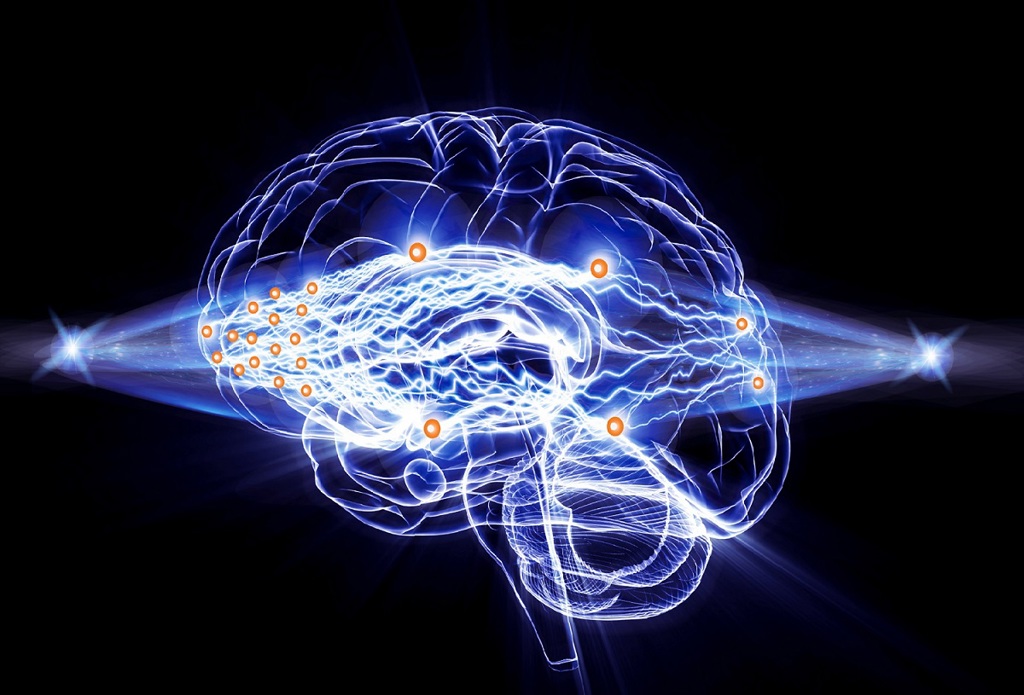Researchers Demonstrate All-Optical Neural Network for Deep Learning
About Optica
29 August 2019
Researchers Demonstrate All-Optical Neural Network for Deep Learning
New approach could enable parallel computation with light
WASHINGTON — Even the most powerful computers are still no match for the human brain when it comes to pattern recognition, risk management, and other similarly complex tasks. Recent advances in optical neural networks, however, are closing that gap by simulating the way neurons respond in the human brain.
In a key step toward making large-scale optical neural networks practical, researchers have demonstrated a first-of-its-kind multilayer all-optical artificial neural network. Generally, this type of artificial intelligence can tackle complex problems that are impossible with traditional computational approaches, but current designs require extensive computational resources that are both time-consuming and energy intensive. For this reason, there is great interest developing practical optical artificial neural networks, which are faster and consume less power than those based on traditional computers.
In Optica, The Optical Society's journal for high-impact research, researchers from The Hong Kong University of Science and Technology, Hong Kong detail their two-layer all-optical neural network and successfully apply it to a complex classification task.

Caption: Researchers demonstrated the first two-layer, all-optical artificial neural network with nonlinear activation functions. These types of functions are required to perform complex tasks such as pattern recognition.
Credit: Olivia Wang, Peng Cheng Laboratory
“Our all-optical scheme could enable a neural network that performs optical parallel computation at the speed of light while consuming little energy,” said Junwei Liu, a member of the research team. “Large-scale, all-optical neural networks could be used for applications ranging from image recognition to scientific research.”
Building an all-optical network
In conventional hybrid optical neural networks, optical components are typically used for linear operations while nonlinear activation functions—the functions that simulate the way neurons in the human brain respond—are usually implemented electronically because nonlinear optics typically require high-power lasers that are difficult to implement in an optical neural network.
To overcome this challenge, the researchers used cold atoms with electromagnetically induced transparency to perform nonlinear functions. “This light-induced effect can be achieved with very weak laser power,” said Shengwang Du, a member of the research team. “Because this effect is based on nonlinear quantum interference, it might be possible to extend our system into a quantum neural network that could solve problems intractable by classical methods.”
To confirm the capability and feasibility of the new approach, the researchers constructed a two-layer fully-connected all optical neural network with 16 inputs and two outputs. The researchers used their all-optical network to classify the order and disorder phases of the Ising model, a statistical model of magnetism. The results showed that the all-optical neural network was as accurate as a well-trained computer-based neural network.
Optical neural networks at larger scales
The researchers plan to expand the all-optical approach to large-scale all-optical deep neural networks with complex architectures designed for specific practical applications such as image recognition. This will help demonstrate that the scheme works at larger scales.
“Although our work is a proof-of-principle demonstration, it shows that it may become possible in the future to develop optical versions of artificial intelligence,” said Du. “The next generation of artificial intelligence hardware will be intrinsically much faster and exhibit lower power consumption compared to today’s computer-based artificial intelligence,” added Liu.
Paper: Y. Zuo, B. Li, Y. Zhao, Y. Jiang, Y.-C. Chen, P. Chen, G.-B. Jo, J. Liu, S. Du, “All optical neural network with nonlinear activation functions,” Optica, 6, 9, 1132-1137 (2019).
DOI: https://doi.org/10.1364/OPTICA.6.001132
About The Optical Society
The Optical Society (OSA) is dedicated to promoting the generation, application, archiving, and dissemination of knowledge in optics and photonics worldwide. Founded in 1916, it is the leading organization for scientists, engineers, business professionals, students, and others interested in the science of light. OSA’s renowned publications, meetings, online resources, and in-person activities fuel discoveries, shape real-life applications and accelerate scientific, technical, and educational achievement.
About Optica
Optica is an open-access journal dedicated to the rapid dissemination of high-impact peer-reviewed research across the entire spectrum of optics and photonics. Published monthly by Optica Publishing Group, the Journal provides a forum for pioneering research to be swiftly accessed by the international community, whether that research is theoretical or experimental, fundamental or applied. Optica maintains a distinguished editorial board of more than 60 associate editors from around the world and is overseen by Editor-in-Chief Prem Kumar, Northwestern University, USA. For more information, visit Optica.
Media Contact
